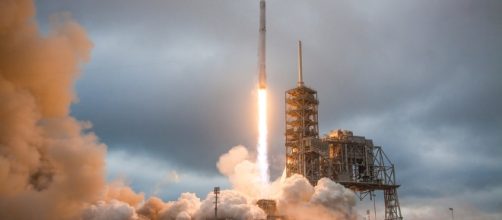SpaceX has spectacularly proven the utility of creating reusable rockets, successfully recovering and then, in some cases, reusing the first stage of its Falcon 9 rockets. When it starts launching its Falcon Heavy rockets, the company will attempt to land three rockets at the same time, the core first stage and two strap-ons. This operation will depend on a new and hitherto unsung innovation in launch Range Safety that promises to further lower the cost of space travel, according to MIT Technology Review.
How are launch ranges made safe from rockets?
As anyone who has followed the space age knows, occasionally rockets go wrong during the launch phase. In order to protect people from a rocket heading where it is not supposed to, it can be destroyed in flight once it is determined that it has become a danger. Hitherto, this involved a human flight controller determining the rocket had become a threat and then someone else pushing a switch to blow up the launch vehicle in flight.
Automating launch range safety
A new system, called the autonomous flight safety system (AFSS) is being installed in SpaceX rockets. Instead of relying on a manual system that has been used to ensure range safety since the beginning of the space age, the AFSS accomplishes it automatically.
The moment that an onboard GPS system determines that a rocket has deviated from its intended path, the system automatically destroys it in flight. If the rocket is lifting a crewed spacecraft, the system activates the escape system that blasts it clear before the launch system is destroyed.
The advantages of the AFSS
One distinct advantage of the AFSS is that it takes fewer people to launch a rocket, from 245 to 82. The reason for that is that a lot of data that was eyeballed by flight controllers have become automated, The fewer people it takes to launch a rocket, the less it costs in the way of salaries and benefits.
The other advantage is that because range safety is automated, less time is needed to prepare a rocket for launch, about 30 days currently.
The goal is to get that time down to a week and to allow 48 launches per year from a single flight range - almost one per week.
SpaceX has flown with the AFSS successfully for eight launches. The company has its own version of the system, but the core technology is available to anyone. That means that, in short order, everyone, including ULA and Blue Origin, will be using AFSS and thus lowering the cost of space travel.


